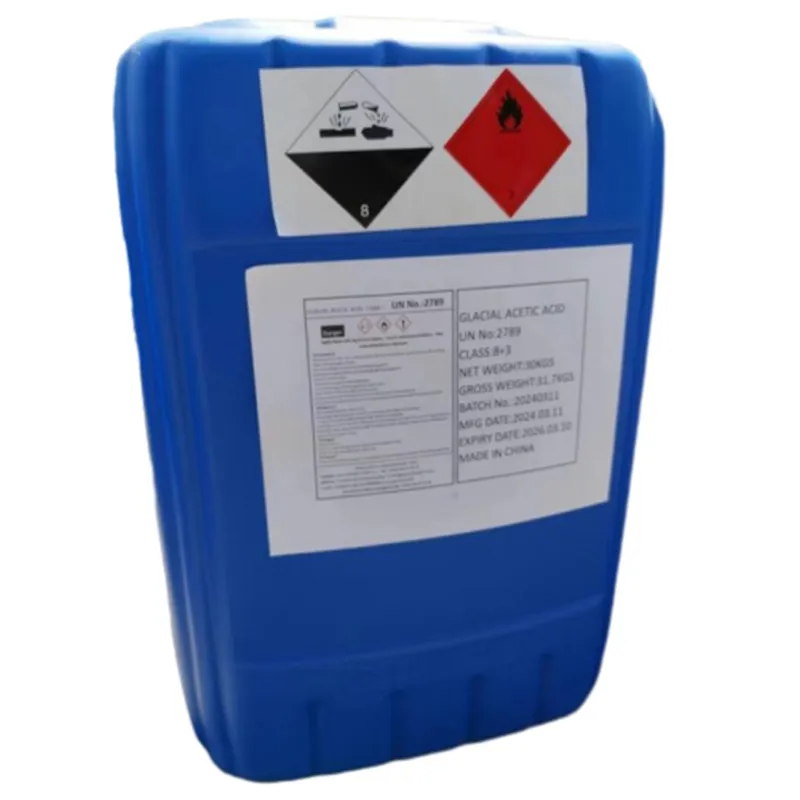
sbr styrene
Understanding SBR Styrene Applications, Benefits, and Future Prospects
Styrene butadiene rubber, commonly known as SBR, is a synthetic rubber made from the copolymerization of styrene and butadiene. This versatile material has become integral in various industrial applications due to its unique properties, making it an essential component in the production of tires, automotive parts, and numerous consumer products.
Composition and Properties
SBR is characterized by its excellent resilience, abrasion resistance, and aging stability. The copolymerization process produces a rubber that can maintain flexibility across a wide temperature range while also providing substantial tensile strength. SBR can be tailored through modification techniques to enhance its properties further, allowing manufacturers to adjust its characteristics for specific applications.
One of the most significant advantages of SBR is its relative cost-effectiveness compared to natural rubber. While natural rubber is derived from the sap of rubber trees and subject to fluctuating market prices, SBR can be synthesized from petrochemical sources and produced at a more stable cost. This economic advantage makes SBR a popular choice across numerous industries.
Applications of SBR
Understanding SBR Styrene Applications, Benefits, and Future Prospects
Beyond the automotive sector, SBR is employed in a wide range of products, including adhesives, coatings, and sealants. Its adhesive properties help bind materials together, while its resistance to heat and aging makes it suitable for protective coatings. The construction industry also benefits from SBR through its use in pavement sealers and waterproofing membranes.
sbr styrene

Environmental Considerations
As with many synthetic materials, environmental concerns arise regarding the production and disposal of SBR. The reliance on petrochemical sources for its synthesis raises questions about sustainability and the environmental impact of manufacturing processes. However, ongoing research aims to develop more eco-friendly production methods and recycling practices for SBR.
One promising avenue is the exploration of bio-based alternatives. Researchers are investigating the possibility of producing SBR from renewable resources, which could mitigate some environmental concerns. Additionally, advancements in recycling technologies can help reduce waste and promote circular economy practices within the rubber industry.
Future Prospects
The future of SBR appears bright, driven by continuous innovation and the evolving demands of various industries. As global trends shift towards more sustainable practices, the focus on eco-friendly materials will play a significant role in shaping the SBR market. Additionally, the growing automotive industry, including the rise of electric vehicles, may further boost the demand for SBR due to its essential properties in tire and parts manufacturing.
Advancements in materials science will likely lead to the development of new SBR formulations with enhanced characteristics, making it even more versatile. Research into nanocomposites, for instance, may enable the production of SBR with superior strength and flexibility, opening new application possibilities in sectors such as aerospace and robotics.
In conclusion, SBR styrene stands as a testament to the ingenuity of synthetic materials and their critical role in modern industries. Its impressive attributes, coupled with ongoing research into sustainable practices, position SBR as a key player in the future of manufacturing. As we strive for a balanced approach to industrial growth and environmental stewardship, SBR will undoubtedly continue to be at the forefront of innovation.
-
Understanding Synthetic Rubber OptionsNewsApr.27,2025
-
Trichloroisocyanuric Acid: Essential for Clean and Safe WaterNewsApr.27,2025
-
Sodium Dichloroisocyanurate: Key to Safe Water TreatmentNewsApr.27,2025
-
Sodium Acid Pyrophosphate: Essential in Modern Food ProcessingNewsApr.27,2025
-
Essential Water Treatment ChemicalsNewsApr.27,2025
-
Denatured Alcohol and Its Industrial UsesNewsApr.27,2025
-
The Versatile Uses of Sodium BicarbonateNewsApr.24,2025
Hebei Tenger Chemical Technology Co., Ltd. focuses on the chemical industry and is committed to the export service of chemical raw materials.
-

view more DiethanolisopropanolamineIn the ever-growing field of chemical solutions, diethanolisopropanolamine (DEIPA) stands out as a versatile and important compound. Due to its unique chemical structure and properties, DEIPA is of interest to various industries including construction, personal care, and agriculture. -

view more TriisopropanolamineTriisopropanolamine (TIPA) alkanol amine substance, is a kind of alcohol amine compound with amino and alcohol hydroxyl, and because of its molecules contains both amino and hydroxyl. -

view more Tetramethyl Thiuram DisulfideTetramethyl thiuram disulfide, also known as TMTD, is a white to light-yellow powder with a distinct sulfur-like odor. It is soluble in organic solvents such as benzene, acetone, and ethyl acetate, making it highly versatile for use in different formulations. TMTD is known for its excellent vulcanization acceleration properties, which makes it a key ingredient in the production of rubber products. Additionally, it acts as an effective fungicide and bactericide, making it valuable in agricultural applications. Its high purity and stability ensure consistent performance, making it a preferred choice for manufacturers across various industries.











